E-book: State of Change [2013]
For the newly created Tom’s IT Pro division of the Tom’s Hardware family of sites, I produced what was essentially an e-book about the trend I called cloud dynamics. It was published serially in 21 parts, like a sci-fi story for a pulp magazine. It was an experiment in a new type of content strategy, which did succeed in some respects, and admittedly not so much in others. Those who did find this content, registered their appreciation of it. It was an electronic volume that broke at least some new ground, particularly in the way it cast a skeptical eye on four decades of information technology history — much of which I had lived through.
As you read through these chapters, keep in mind this is 2013. The era of containerization, microservices, and workload orchestration had not yet begun. Workload virtualization was still being facilitated by first-generation virtual machines, where all the applications’ dependent resources were replicated and packaged in every VM. The concept of “Big Data” had only just been born. Data centers were still being partitioned by application and function, rather than by capacity. Amazon and Google had yet to be spoken of in the same context as Heroku, Rackspace, and “Windows Azure.” Everything we know about how to deploy a customer-facing application at scale, had not yet changed. Imagine you could witness the state of the North American supply chain prior to the construction of the Interstate and Trans-Canada highway systems. . . and it was only a decade ago.

State of Change, Chapter 12: Distribution and the Supply Chain
Electronic Data Interchange (EDI) tends to be the motivating force for business revolutions when their leaders frame it as an ideal rather than an interface — as a set of policies for ensuring that transactions between partnered businesses maintain a prescribed format and workflow.

State of Change, Chapter 13: Manufacturing
Through the 2000s, as Web engineers finally figured out how the Web was supposed to work, many of these same Enterprise Resource Planning (ERP) software vendors began offering their applications “as a service.” Some extended their marketing metaphors to include “in the cloud.” Thus began the trend of cloud confusion that we’re experiencing today.

State of Change, Chapter 14: Engineering and Construction
For a quarter-century we’ve had the ingredients for a modern computing network at our disposal, and we merely disposed of them. But perhaps nowhere else in America are the truths of this particular scenario more pronounced, more clearly black-and-white, than in construction and building engineering.

State of Change, Chapter 15: Retail
If newcomers to the field of retail technology are to gain a foothold, they need a way to invent unique, competitive value, because there’s not enough incremental value for anyone to make a case. This is theoretically easier to accomplish if retailers themselves can be led to believe that their industry has already evolved into something unrecognizable, perhaps not even physical.

State of Change, Chapter 16: Energy
We have to stop relying upon catastrophes and massive failures to save us from the serious problems that face us. When today’s power grid can’t handle the two-way traffic caused by wind farms and solar power any more, there might not be an asteroid crashing to Earth to save the day.

State of Change, Chapter 17: Marketing
There is a growing class of digital marketing professionals who are becoming scientists, sociologists, students of human behavior. Instead of brute force, their tool of choice is business intelligence.

State of Change, Chapter 18: The Elastic Data Center
Maybe the customer is the true determinant of value in a business relationship, marketing now concedes. If that’s so, maybe marketing should be the one providing the customer with the information and the positive brand image she needs to be able to choose the company as her supplier. And in that role, marketing should be the one choosing the technology it implements.

State of Change, Chapter 19: The New Model of Data
See if this sounds familiar: As the sizes of databases grow linearly, the processing time expended in maintaining them grows exponentially. The relational model which governed the structure and processing of data since the 1960s, has been steadily failing.

State of Change, Chapter 20: The Demand for Ubiquitous Security
The real technological issue of our time is tucked away in the background, in the grey area where right and wrong are not so black and white, and the fruit for juicy headlines doesn’t hang so low. It’s the unanswered question of the ownership of data. Put bluntly, to whom does data belong?

State of Change, Chapter 21: The Mandates for Governance, Risk, and Compliance
Governance frameworks have evolved to become the interfaces for businesses that share any kind of information with one another. In a world where cloud dynamics is taking effect, these interfaces become the skeletons for entire business models.
Also available
Scott’s complete resume (PDF)
Better Questions: A 2010 compilation of published articles and excerpts from books, dating back to 1986.
The (Very) Early Years of D. F. Scott: A 2005 retrospective of some of my extremely early published work, created (not joking here) by popular request
